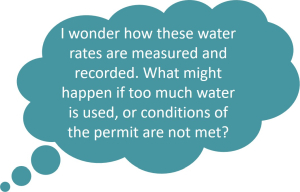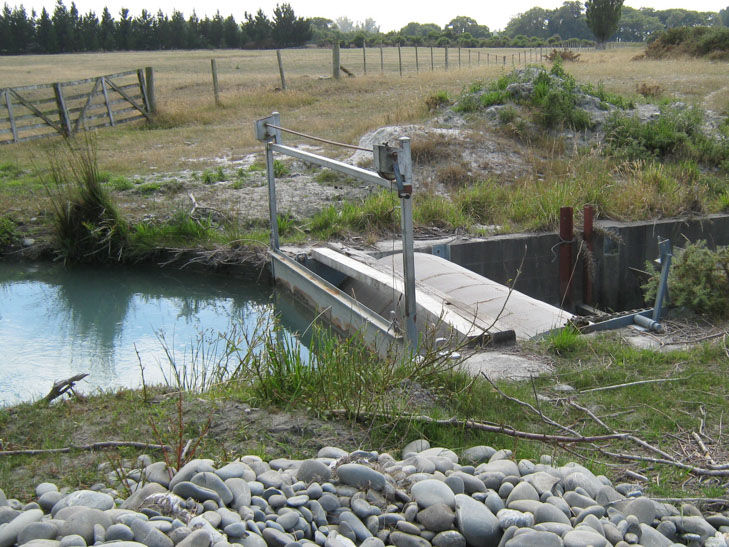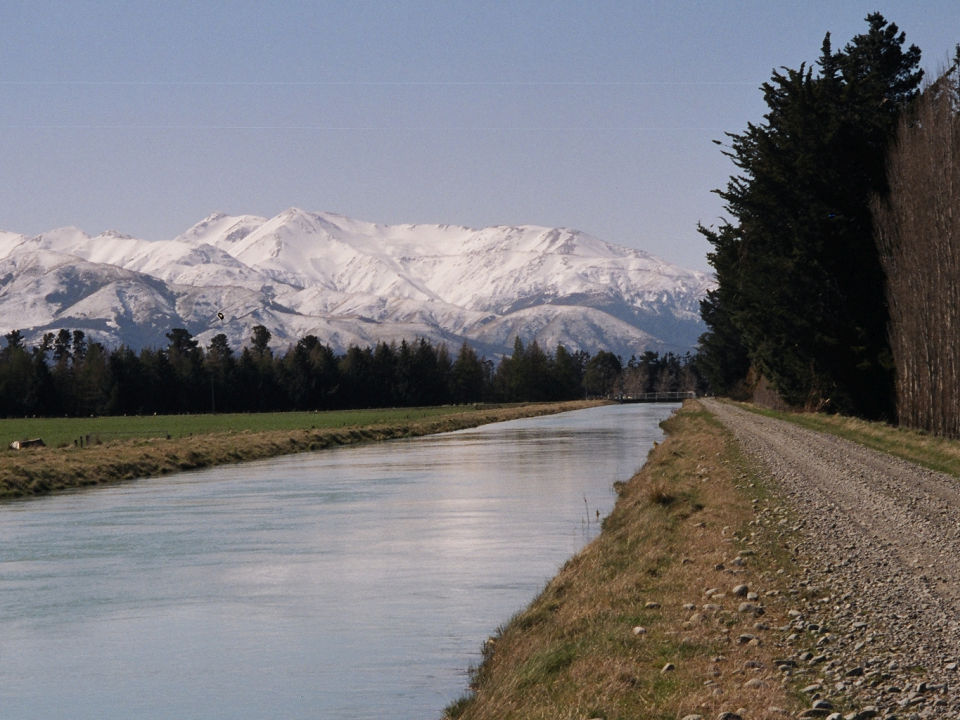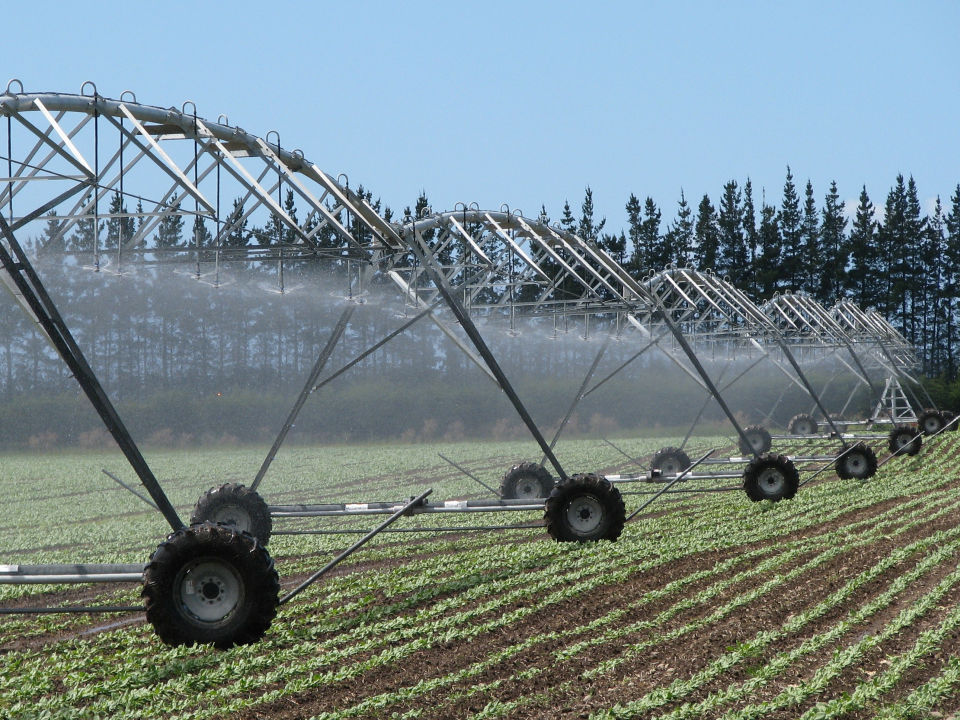1. Get a permit
A water permit, also known as a consent, must first be given. This is a legal contract which allows an irrigator to take water. The irrigator must meet certain conditions. All irrigation takes in New Zealand are controlled to ensure the sustainability of our water resources.
Certain conditions for each site need to be followed. For example, a fish screen is often required before water can be removed from a river. A fish screen protects fish by keeping them out of water intakes.
- More on fish screens -https://ecan.govt.nz/get-involved/news-and-events/2017/fish-screens-what....
All takes from New Zealand rivers have a ‘minimum flow‘ applied to them. A minimum flow is the lowest level a river can drop. It is based on the amount of water needed to maintain aquatic life in the river. When a river’s flow drops below a certain level the water take must stop.
- Watch this Environment Canterbury video on river flows and irrigation - https://www.youtube.com/watch?v=Gm47hzarw6I.
If a farmer wants to use groundwater, the council also looks at how much groundwater is available and decides if there is enough water to supply a new activity before the consent can be issued.
The permit also states how much water can be removed at any one time (a maximum rate), and over the irrigation season (a seasonal volume). The permit will also specify what the water is to be used for.

2. Collect and distribute water
The water is collected and distributed to the land. Irrigators take and store water in several ways:
- Groundwater via wells – water is pumped from groundwater/aquifers via a well. Some wells can be over 200m deep.
- Run of river via pipes or channels – water is pumped or moved via gravity from the river.
- Large scale storage – water is pumped or moved via gravity into a large dam or human-made reservoir.
- On farm storage – water is pumped or moved via gravity into a small storage pond on the farm.
- Piped systems – water is moved through an underground network of pipes.
- Open channel systems – water is moved through human-made waterways.
Irrigation schemes
More than half of the irrigation water supply in New Zealand comes through irrigation schemes. An irrigation scheme provides water to a group of water users, either through pipes or open channels. The largest irrigation scheme in New Zealand is the Rangitata Diversion Race (RDR). It supplies water to over 1000,000 hectares in Ashburton District.
3. Apply the water
The last step is irrigating the land. This stage needs a lot of planning, so the water is used sustainably. Different technologies and irrigator types are used depending on the landscape and crop to be irrigated.
Ways a farm can irrigate:
- Centre pivot and linear move irrigators
- Traveling irrigators
- Spray lines and long lateral
- Solid set sprinklers
- Dripline
- Micro sprinklers

- Ready for a quiz? Try the How Irrigation Works activity.







